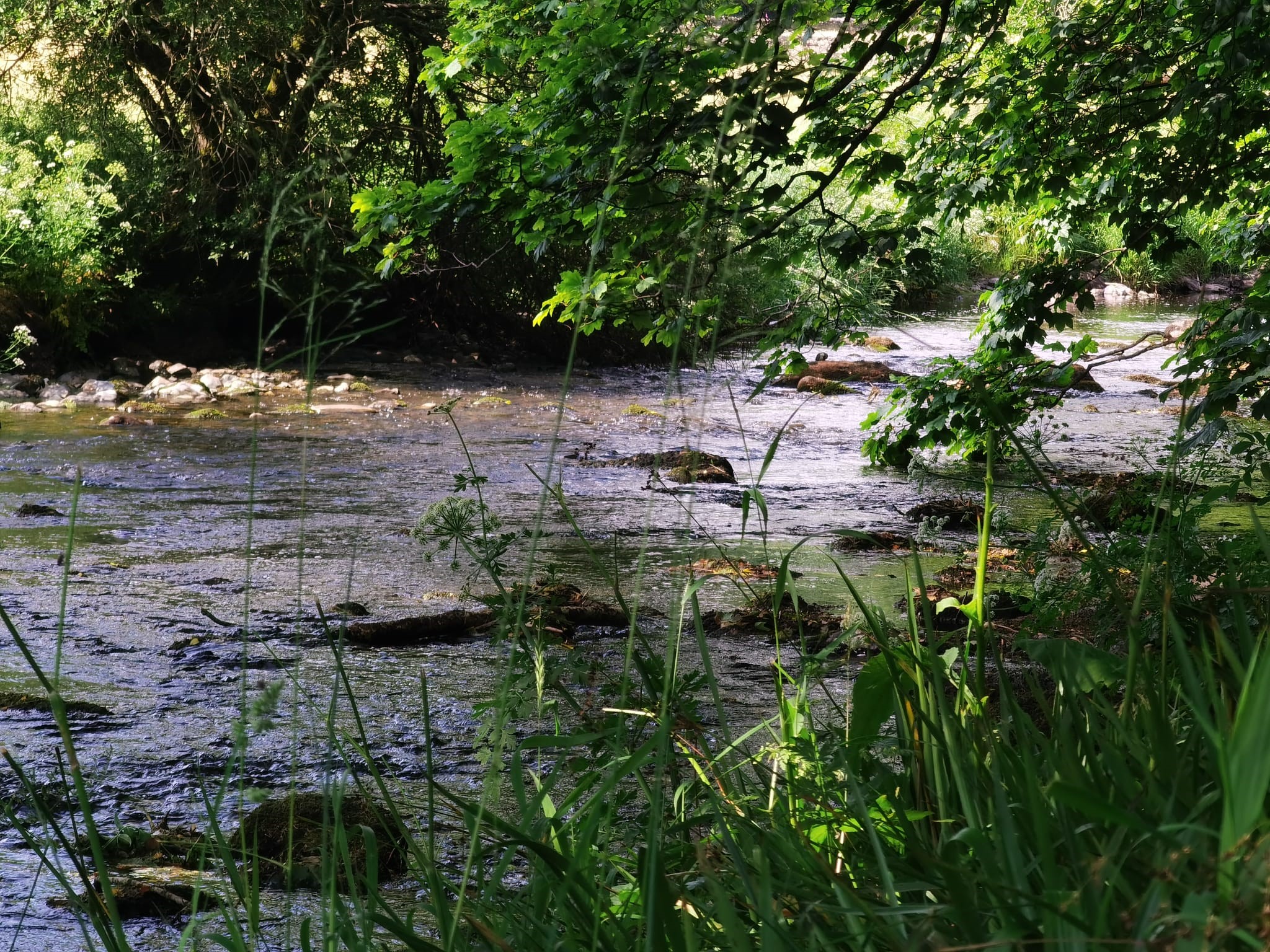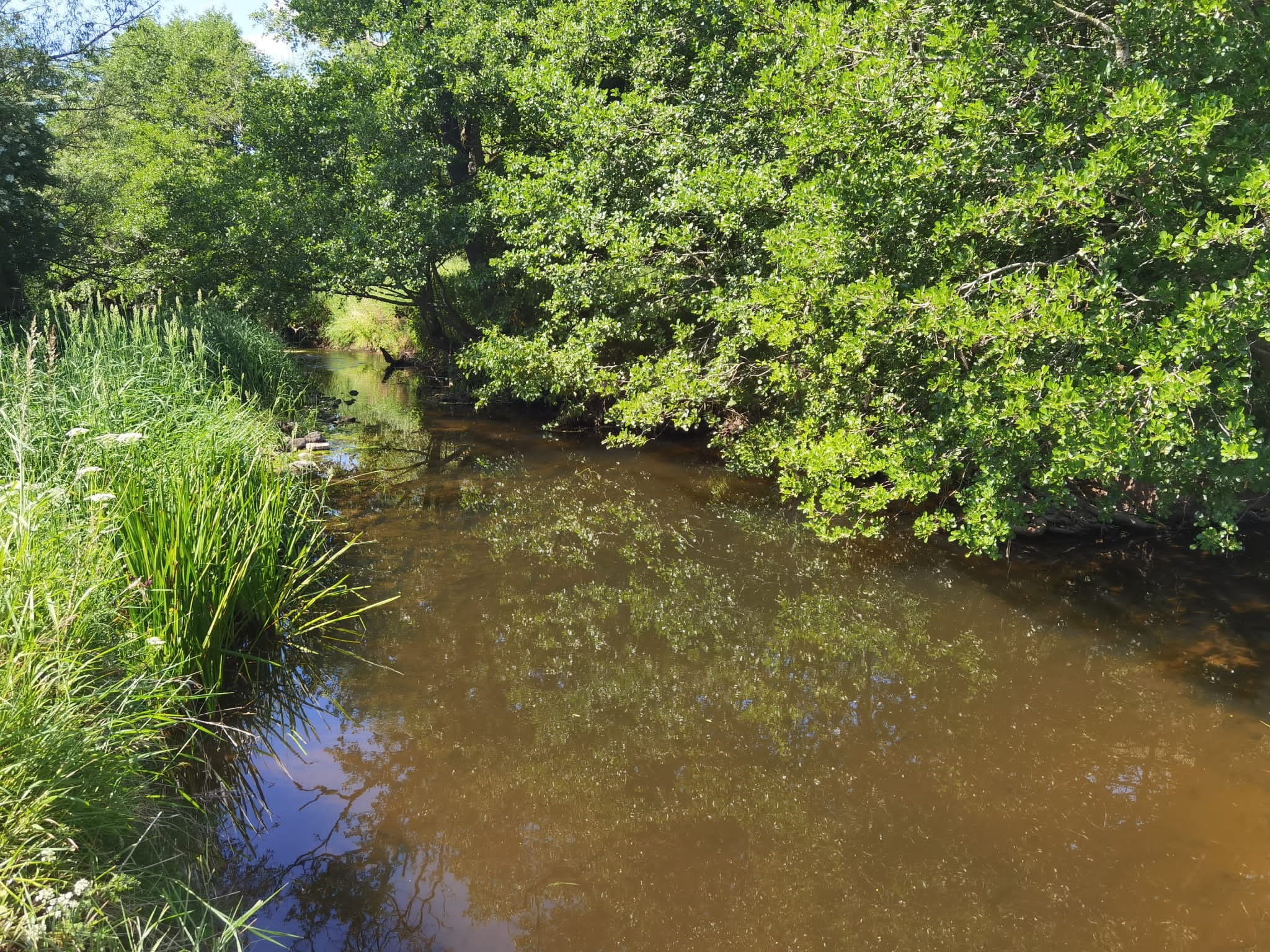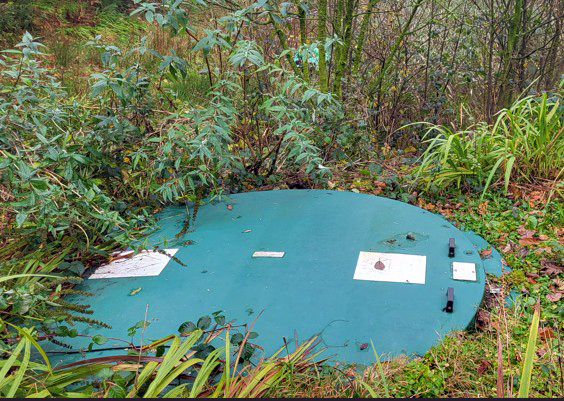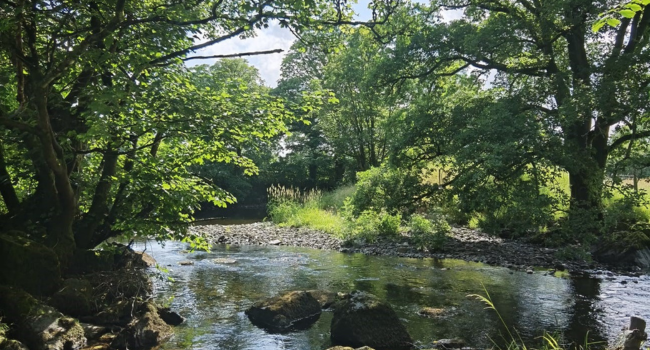


Nutrient Neutrality (NN) is a vital approach to protecting Cumbria's rivers and lakes from excess nutrients like phosphates, which can harm biodiversity and water quality in four specific areas:
The NN aim is to ensure that new developments do not increase phosphorus levels in already stressed catchments. If they do, developers must implement mitigation solutions. The initiative aims to ensure that new developments do not increase phosphorus levels by balancing nutrient increases with equivalent reductions elsewhere in the catchment.
Nutrient Neutrality North West (NNNW) is a partnership of local authorities comprising of Cumberland Council, Westmorland and Furness Council and Lake District National Park Authority. The partnership works with environmental organisations, and agencies to deliver innovative solutions that enable sustainable development while safeguarding our natural habitats.
To stay updated with our Nutrient Neutrality newsletter, please sign up here.

Stay informed about the latest project developments and progress in nutrient neutrality and sign up to find out more.

The Nutrient Neutrality rules apply to four specific catchments in Cumbria. Explore maps, guidance, evidence packs, Natural England guidance, and calculators to better understand the nutrient challenges and rules that apply to these areas.

Understand Nutrient Neutrality requirements for your planning application and comply with Habitat Regulations in the affected areas. Access step-by-step guidance to help you meet the requirements.

Explore essential resources, including Natural England guidance, and catchment information, to discover how ongoing efforts facilitate sustainable development.
Photo Credits: Photo 1 in slider - Common Hawker C/o Cumbria Wildlife Trust, Photo 3 - Bog Asphodel C/o Cumbria Wildlife Trust, Photo 10 - Derwent Water looking torwards Cat Bells C/o West Cumbria Rivers Trust
If you have any queries, please get in touch.
nutrients@nutrientneutralitynw.co.uk
Maps produced by Defra Spatial Data Science @Defra 2024, reproduced with the permission of Natural England: http://naturalengland.org.uk/ Copyright Crown Copyright and database rights 2024. Ordnance Survey licence number 100022021.